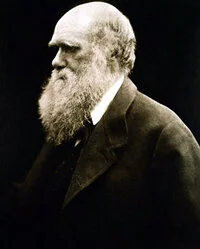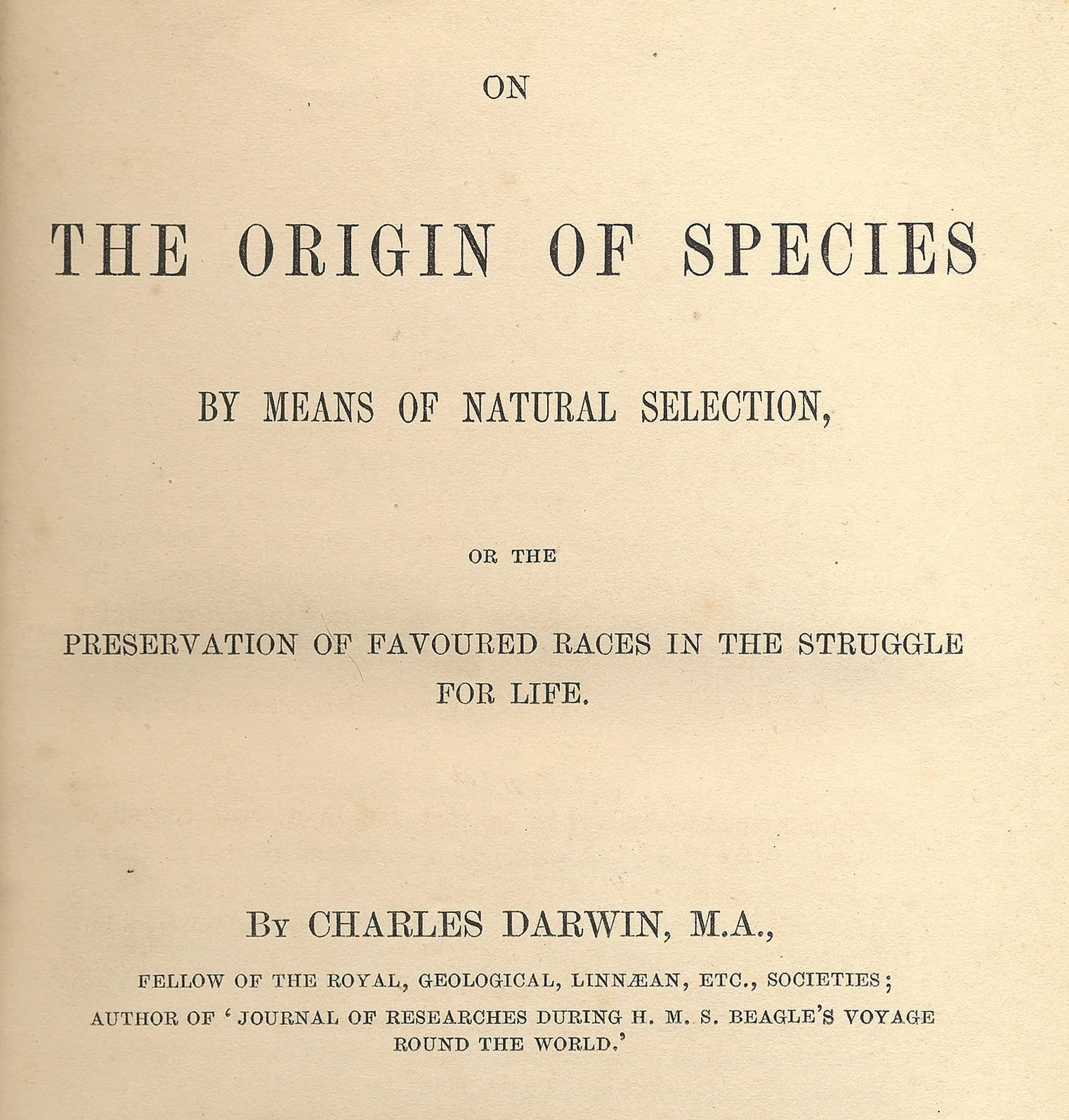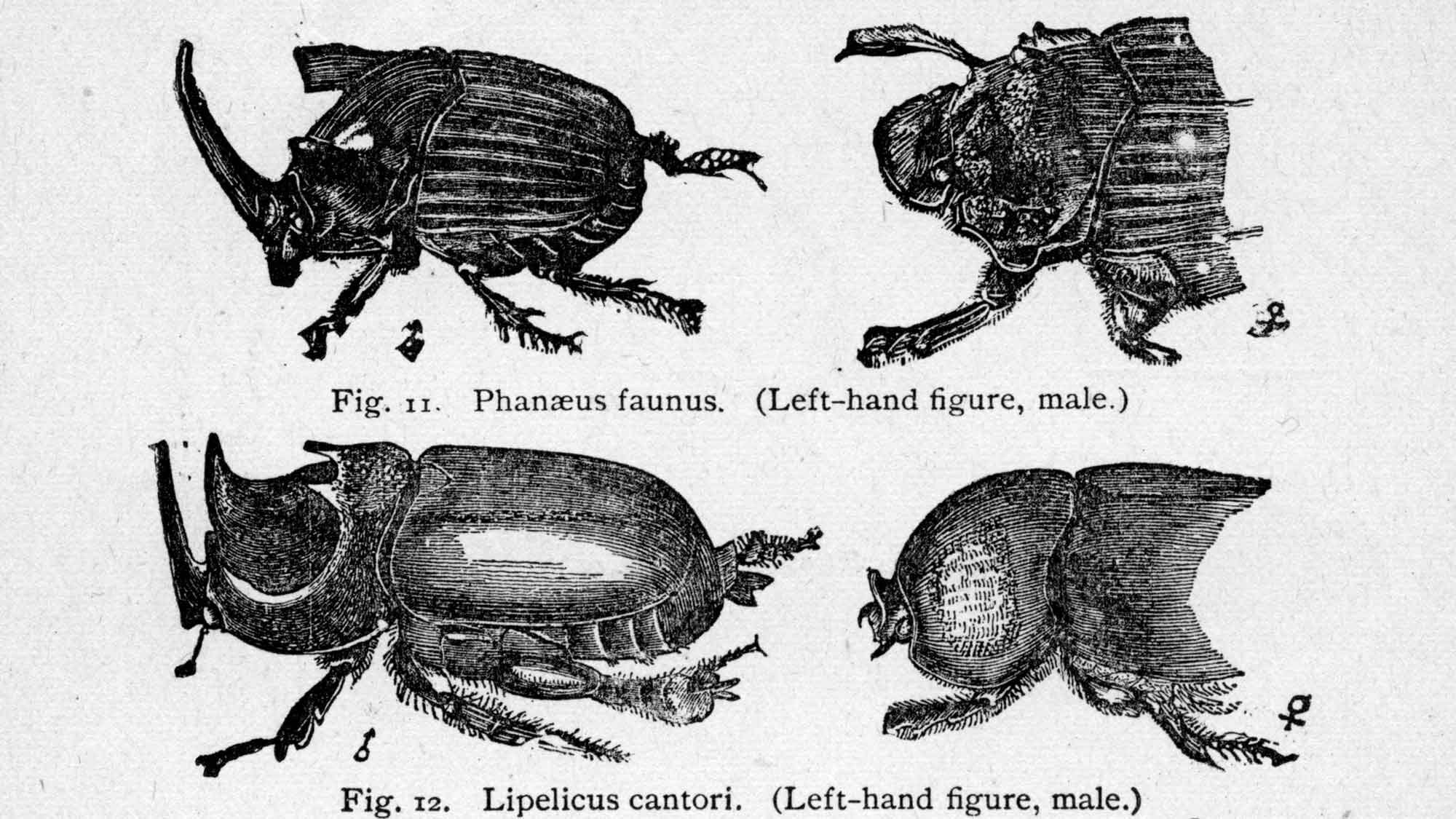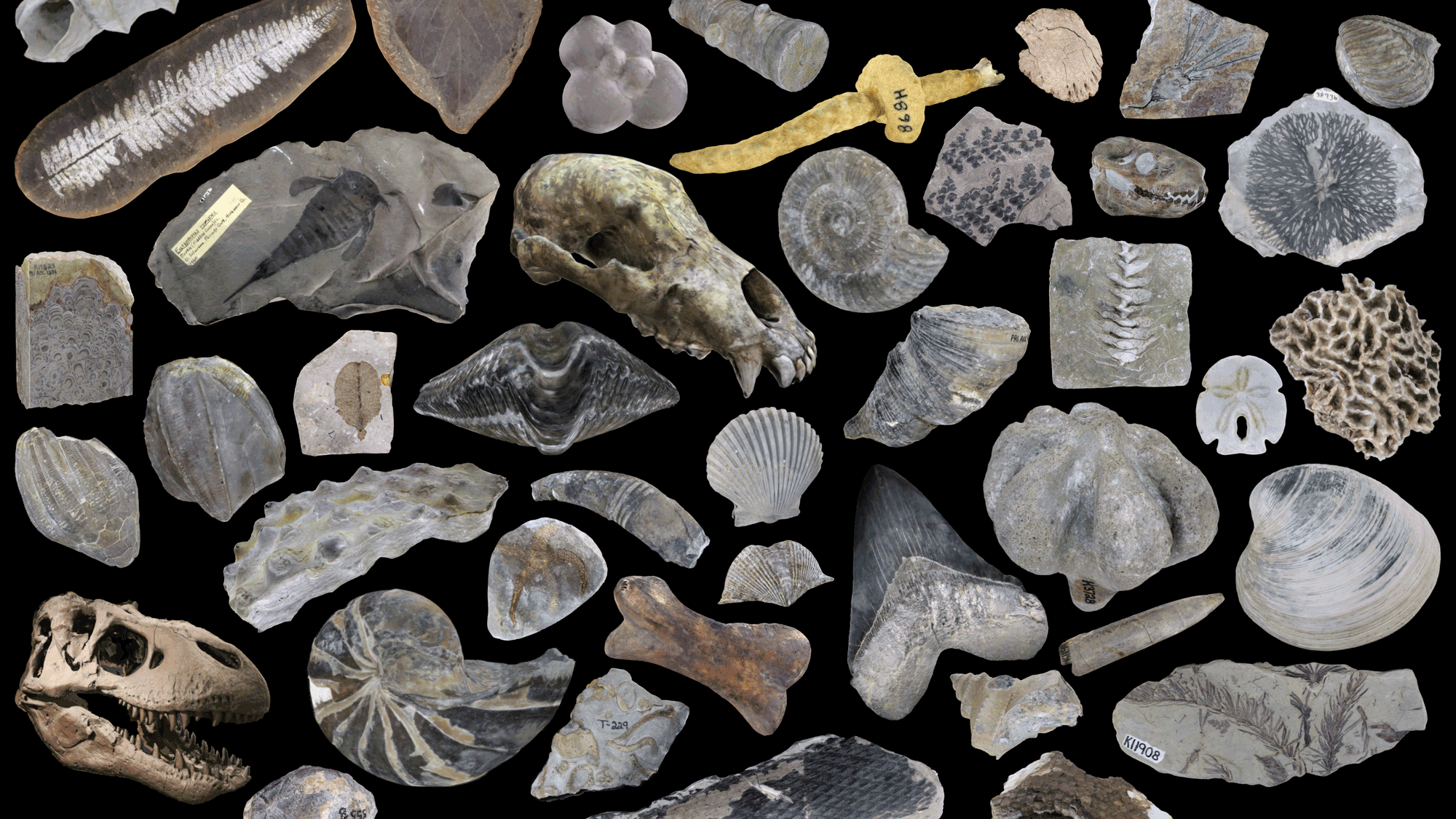Darwin Days
About Darwin Day
Darwin Day is an annual, international commemoration of the birthday and ideas of Charles Darwin, a British naturalist born February 12, 1809, and author of the seminal book On the Origin of Species by Means of Natural Selection.
The first organized Darwin Day events took place in 1995, and were organized by the Humanist Community of Palo Alto, California. The years since have seen Darwin Day celebrations around the world increasing annually on a steady scale.
In 2006, the Paleontological Research Institution and its Museum of the Earth, in collaboration with Cornell University and Ithaca College, celebrated the first official Darwin Day in Ithaca, New York, with a five-day series of panel discussions, film screenings, speakers, and workshops, aimed at increasing awareness of Darwin’s theory and its relevance today, in the Ithaca community and beyond.
Check out these Darwin links:
Darwin's Life
1809 - The Early Years
Charles Robert Darwin
Charles Robert Darwin was born in Shrewsbury, Shropshire, England, on February 12, 1809 (the same day as Abraham Lincoln). He was the fifth of six children, and the grandson of Erasmus Darwin, another evolutionary thinker, and Josiah Wedgwood, of pottery fame. Charles’s father, Robert Darwin, was a doctor who expected his son to follow in his footsteps, but after witnessing surgeries Charles was horrified by the brutalities of early 19th century medical practice, and turned away from it. While still a medical student at the University of Edinburgh, he joined a group interested in natural history, and learned about the Lamarckian theory of evolution which was popular at the time. Darwin began collecting beetles, a fashionable practice of the day, and working with the collections in the Museum of Edinburgh University. In 1827, hoping to secure for his son the position of an Anglican parson, Robert Darwin enrolled his son at Christ’s College in Cambridge, where he could begin to pursue a career as a clergyman. Charles continued to read about and study natural history, and counted botanist John Stevens Henslow and geologist Adam Sedgwick among his teachers. He graduated from Cambridge in June of 1831, but put off taking holy orders until after a trip he planned to take to the Madeira Islands. To prepare for this journey, Charles accompanied Sedgwick on a geological expedition to Wales; upon his return to England, he found a letter from Henslow, who had recommended him for the post of naturalist on a much more significant ocean voyage.
1831 - The Journey of a Lifetime
>Chart of H.M.S. Beagle Voyage, 1831-1836
The second voyage of the H.M.S. Beagle was intended as a mapping expedition to chart the southern coast of South America. The ship’s captain, Robert FitzRoy, wished to have a gentleman companion along for the journey, who could also serve the role of ship’s naturalist. Henslow recommended Charles Darwin for the post. Darwin’s father at first objected, believing this to be just another excuse for his son to put off taking orders. However, Charles’ uncle Josiah Wedgewood convinced Robert that the trip would be good for Charles, and so he relented.
The Beagle set sail from Plymouth, England on December 27, 1831, for what would become a five-year journey that circumnavigated the globe and did much to shape the young Charles Darwin’s thoughts about evolution and the diversity of life. He kept a detailed journal in which he described the plants and animals, geological formations, and fossils he saw. He also collected extensively while on land and at sea, and sent thousands of specimens back to England, many of which were new to science. Darwin was puzzled and intrigued by much that he observed, since many of his observations seemed to contradict both the religious and scientific views of the day. Later, in the Introduction to The Origin of Species (1859), Darwin would state that what he saw in South America, “...seemed to me to throw some light on the origin of species – that mystery of mysteries.”
1851 - On the Origin of Species
After his return to England, it took Darwin more than 20 years to publish anything about his theory of the origin of species. He spent that time considering and reconsidering the notes and specimens he had taken while on his journey, and performing experiments and collecting further evidence to support his developing theory. He worked with ornithologist John Gould to examine the bird species he had collected in the Galapagos, and with zoologist Thomas Bell on the tortoises. At length, Darwin became convinced that each of these groups of animals, which at the present contained many species, had originated from a single ancestor species, which had branched and changed over time, shaped by the environment, to fill multiple environmental niches. This idea is illustrated in Darwin’s first drawing of an evolutionary “tree,” in his First Notebook on the Transmutation of Species (1837).
Darwin's First Evolutionary Tree
Darwin's First Evolutionary Tree
During the time between his return from the Beagle voyage and his publication of The Origin of Species, Darwin also cemented his reputation as a naturalist among his colleagues in London, and married his cousin Emma Wedgewood on January 29, 1839. In the spring of 1856, Darwin’s friends began urging him to publish something about his theory, which he had now been working on for twenty years and now called “natural selection.” He began a short paper, which he soon expanded to a “big book,” and by June 18, 1858, it was half done. On this day, Charles received a letter from Alfred Russell Wallace, a young naturalist with whom he corresponded, in which Wallace outlined a theory nearly identical to natural selection. Darwin sent it on to Charles Lyell and Joseph Hooker, two of his most supportive scientific friends, and they agreed that Wallace and Darwin should present together to the prestigious Linnean Society on The Tendency of Species to Form Varieties; and on the Perpetuation of Varieties and Species by Natural Means of Selection. Their announcement of the theory received little attention at first, but when Darwin published, on November 22, 1859, a shorter version of his “big book” entitled On the Origin of Species by Means of Natural Selection, or The Preservation of Favoured Races in the Struggle for Life, it was a best-setller, its 1,250 copies selling out in one day.
Down House
Down House
Darwin followed the controversy surrounding his work closely, and spent the rest of his life expanding on his work and continuing his experiments on earthworms, barnacles, and orchids. He published several more books, the most notable being Variation of Plants and Animals Under Domestication (1868), The Descent of Man, and Selection in Relation to Sex (1871), and The Expression of Emotions in Man and Animals (1872). Charles Darwin died on April 19, 1882, in Downe, Kent, England. He was buried amidst England's royalty and heroes in Westminster Abbey.
















